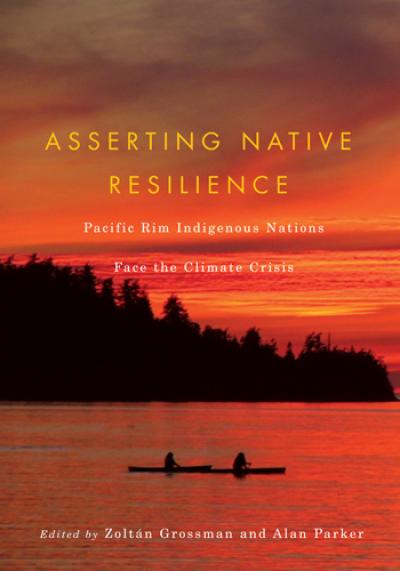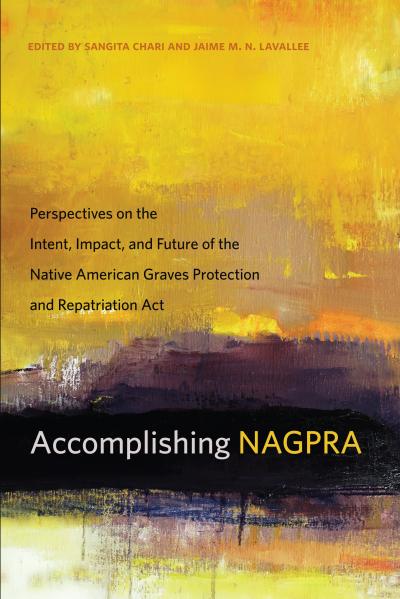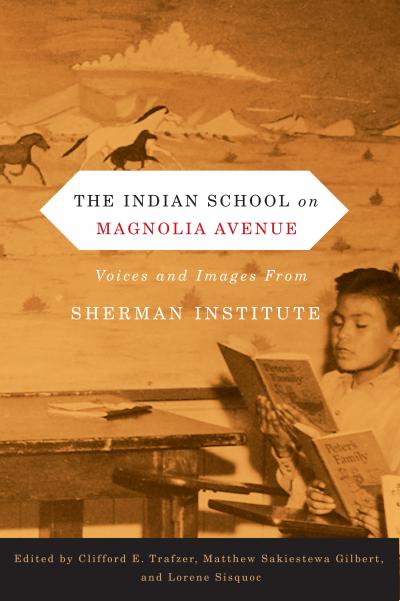
A Deeper Sense of Place
Soren C. Larsen and Jay T. Johnson
Editors
In A Deeper Sense of Place, editors Jay Johnson and Soren Larsen collect stories, essays, and personal reflections from geographers who have worked collaboratively with Indigenous communities across the globe.
These first-person narratives offer insight into the challenges faced by Native and non-Native scholars to their academic and personal approaches during research with Indigenous communities. By addressing the ethical, political, intellectual, and practical meanings of collaboration with Indigenous peoples, A Deeper Sense of Place highlights the ways in which collaborative research can help Indigenous and settler communities find common ground through a shared commitment to land, people, and place.
A Deeper Sense of Place will inform students and academics engaged in research with Indigenous communities, as well as those interested in the challenges of employing critical, qualitative methodologies.
About the author
Soren C. Larsen is an associate professor of geography at the University
of Missouri with research and teaching interests in the cultural
geography of indigenous, rural, and resource-dependent communities. His
first ethnographic research project was undertaken in collaboration with
the Cheslatta-Carrier First Nation in north-central British Columbia,
and since that time he has worked with the Nee Tahi Buhn and Ulkacho
First Nations. Larsen’s research has been published in the Annals of the
Association of American Geographers, The Professional Geographer,
Geografiska Annaler, and The Journal of Rural Studies.
Read more about this author
Jay T. Johnson is an associate professor of geography and Indigenous studies and Director of the Indigenous Geographies Research Center at the University of Kansas. His research focuses on Indigenous peoples’ cultural survival, particularly in the areas of resource management, political activism at the national and international levels, and the philosophies and politics of place that underpin the drive for cultural survival. Much of his work is comparative in nature but has focused predominately on New Zealand, the Pacific, and North America.
Read more about this author




